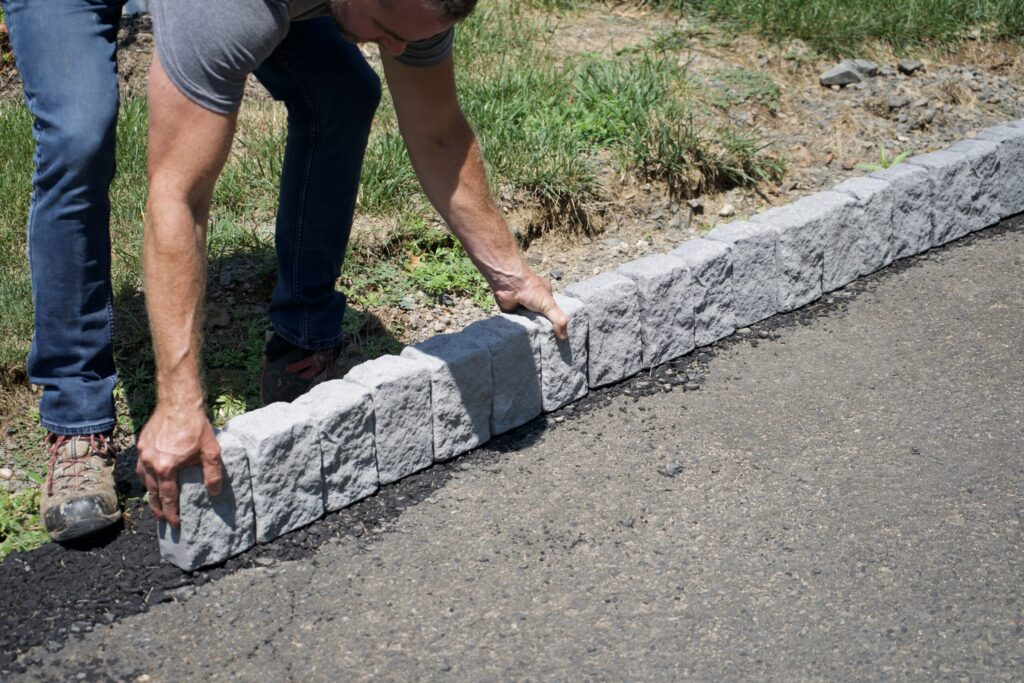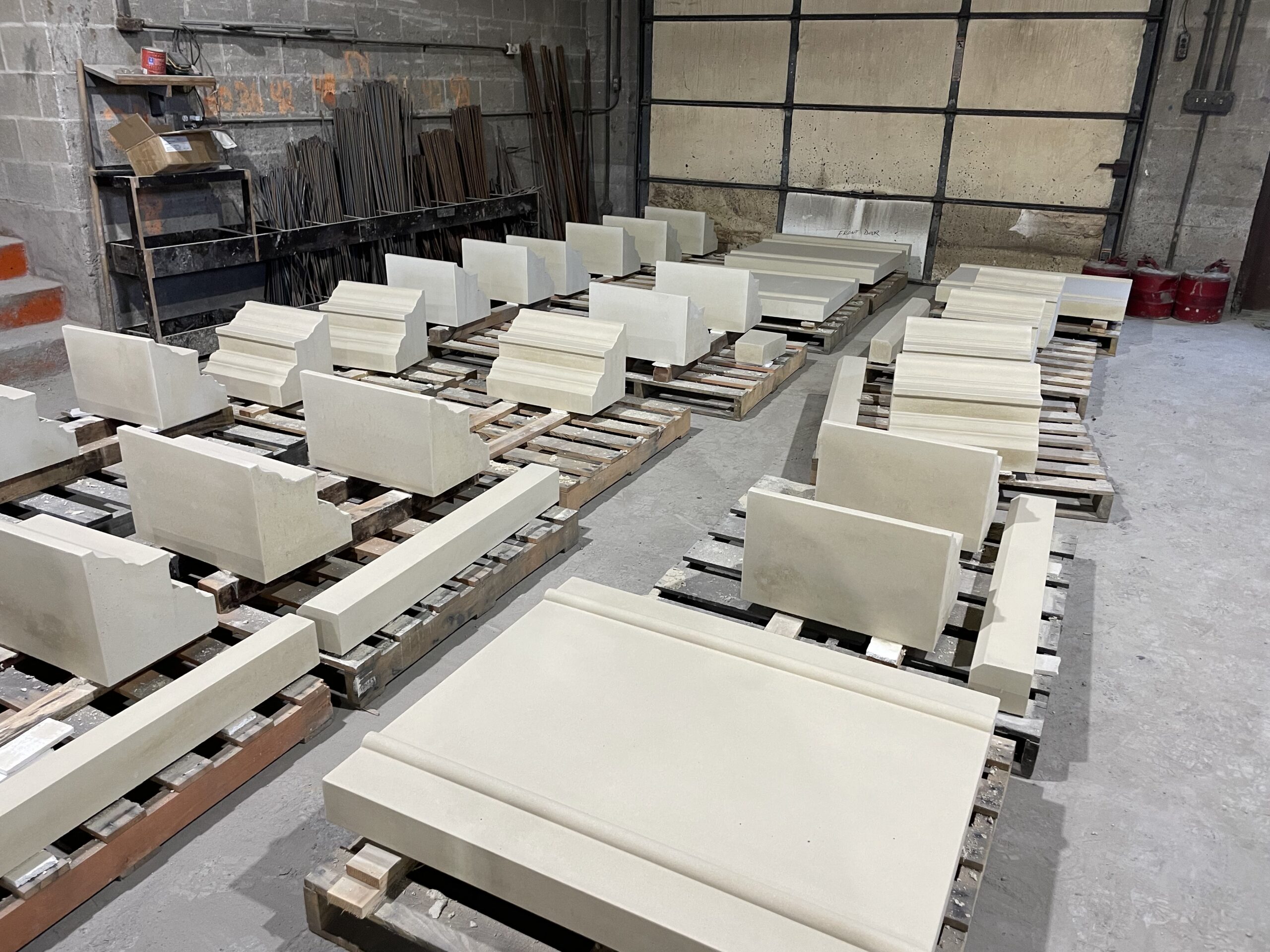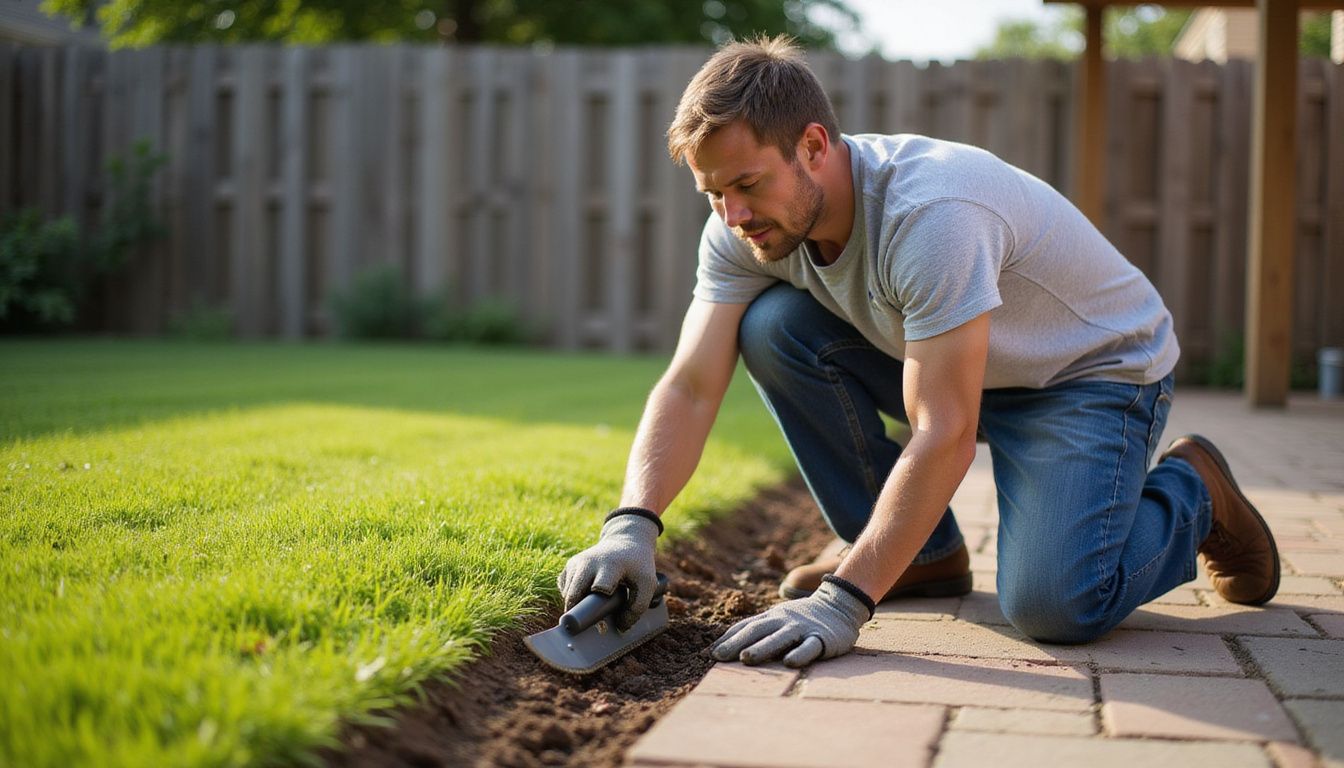In today’s landscaping world, durability and design matter more than ever. Landscaping professionals are turning to precast concrete as a smarter alternative to poured-in-place methods. It’s faster, stronger, and more versatile—making it a clear favorite for high-quality outdoor construction.
Superior Strength and Durability
Precast concrete is known for its exceptional strength. Because it’s manufactured in a controlled factory setting, the mix and curing process are precise. This leads to a denser, more consistent product compared to concrete poured and cured on-site, where weather and job site conditions can compromise the finish.
The result is a material that resists cracking, stands up to extreme temperatures, and handles constant foot traffic or heavy loads with ease. For outdoor features like steps, retaining walls, and planters, this added durability means fewer repairs and replacements over time.
Professionals also appreciate how well precast holds up in harsh environments. Whether it’s a freeze-thaw climate, heavy rainfall, or exposure to de-icing chemicals, precast concrete continues to perform. Its built-in strength and low porosity give it a serious edge in long-term performance.
Design Freedom and Consistent Quality
One of the biggest advantages of precast concrete is its design versatility. Unlike poured-in-place concrete, which is limited by on-site molds and finish conditions, precast allows for more creative control. Textures can mimic natural stone, brick, or wood. Colors can be customized. Shapes can be curved, geometric, or completely custom.
This gives landscape designers the freedom to match any aesthetic—whether blending into the natural surroundings or creating bold, modern accents. And because each piece is made using the same mold and materials, you get a uniform look across the entire project, something that’s hard to achieve with on-site pouring.
Precast also makes it easier to integrate features like lighting, drainage, or decorative details right into the product before it even reaches the job site. That’s more efficiency, less mess, and fewer compromises during installation.

Quicker, Cleaner Installation
Time on-site is expensive. That’s why landscapers value precast concrete’s efficiency. Since the pieces arrive ready to install, there’s no need to build forms, mix concrete, or wait days for curing. It’s as simple as placing the product, securing it, and moving on.
This streamlined process leads to fewer delays, especially when the weather turns unpredictable. Projects finish faster, with less disruption to the property and fewer labor costs. For landscaping companies juggling multiple jobs or working under tight deadlines, that’s a major win.
A Better Experience for You and Your Clients
At the end of the day, precast concrete helps landscaping professionals do better work—faster. It’s a material that offers more reliability, more creativity, and less hassle from start to finish.
Clients notice the difference too. Precast delivers clean lines, beautiful finishes, and long-term performance they can count on. Whether it’s edging, walkways, planters, or structural features, precast concrete gives landscapers the tools to exceed expectations.
Conclusion
Precast concrete is the smart choice for modern landscaping. It’s stronger than poured-in-place alternatives, offers unmatched design flexibility, and helps crews work faster with fewer delays. Brands like Vintage Cast are raising the bar by offering high-performance precast products designed with landscapers in mind.
Whether you’re tackling a small residential job or a large commercial project, precast concrete gives you the tools to build better, faster, and with greater confidence.
FAQs
Precast concrete offers better strength, more consistent quality, and faster installation. It’s made in a controlled setting, so it’s less likely to crack or degrade over time compared to concrete poured on-site.
Yes. Precast products come in a wide variety of finishes, textures, colors, and shapes. Many suppliers, like Vintage Cast, even offer custom mold options and design consultation for unique landscape features.
The upfront cost of precast may be slightly higher, but the long-term savings are significant. You’ll save on labor, avoid delays, reduce waste, and spend less on repairs and maintenance over time.
Common precast landscape products include retaining walls, steps, garden edging, planters, pillar caps, benches, and even water features. These components can be installed quickly and offer a finished look right away.
Recent Posts

Why Landscaping Pros Prefer Precast Concrete Over Poured-in-Place

Why & How is Precast Concrete Prestressed?

